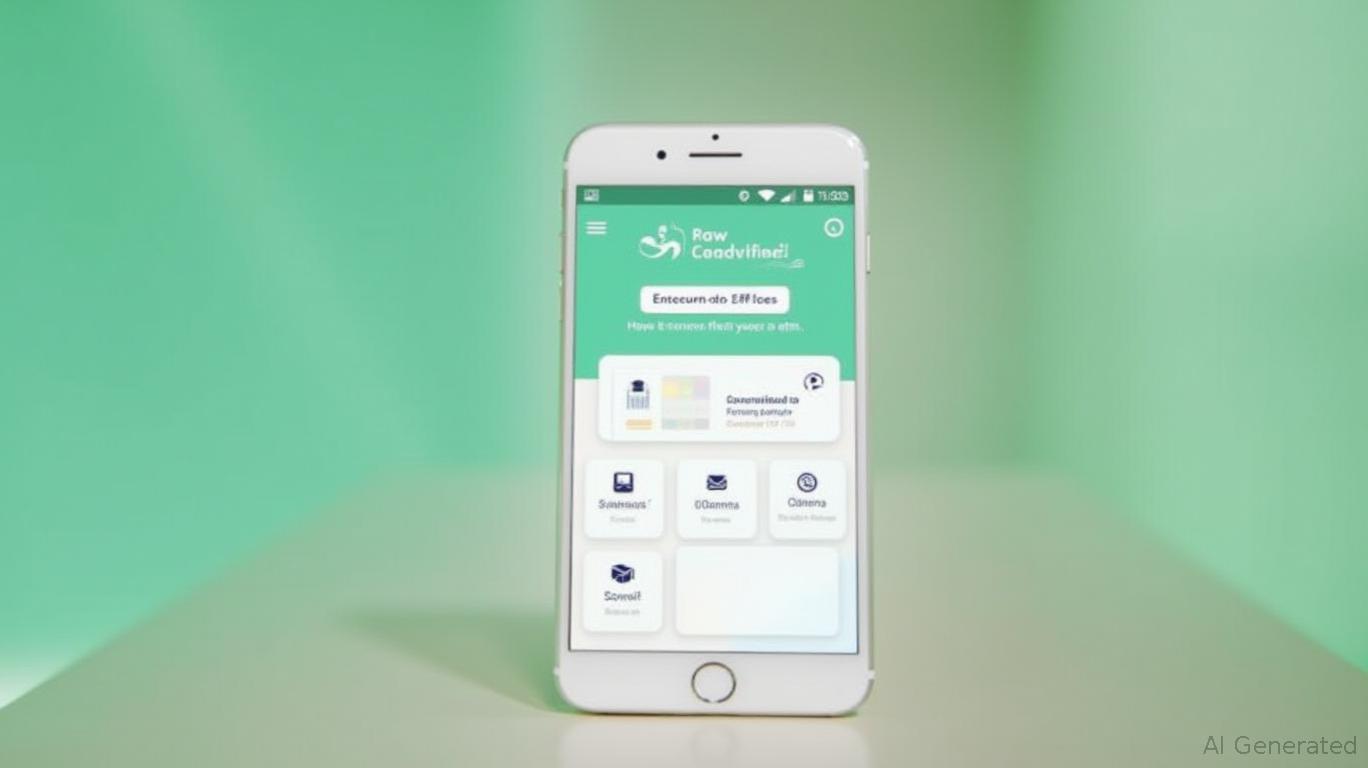Chime's IPO Surge Signals Fintech's Return to Growth: Why Payments-Driven Models Are Here to Stay
Chime Financial's IPO debut on June 12, 2025, marked a pivotal moment for the fintech sector. With shares surging 37% on the first day of trading—a rare feat in today's cautious markets—the company's success underscores a broader thaw in investor sentiment toward digital finance platforms. But beyond the headline numbers lies a deeper story: Chime's payments-driven revenue model, anchored in interchange fees and a fiercely loyal customer base, offers a blueprint for fintech profitability in a post-pandemic economy. Here's why this IPO matters—and why investors should take note.
The Engine of Growth: Interchange Fees and Scale
Chime's financial engine is straightforward: 72% of its revenue comes from interchange fees generated by debit and credit card transactions. This contrasts sharply with traditional banks, which rely on fees for overdrafts, minimum balance penalties, and other services Chime explicitly avoids. By eliminating friction for lower- and middle-income users—its core demographic—the company has built a transaction-heavy business that scales with user growth.
The surge in its stock price reflects investor confidence in this model. Even as the company's valuation dropped from its $25 billion private high to $12.3 billion post-IPO, the market is pricing in the sustainability of interchange-driven growth. With $518.7 million in revenue for the latest quarter (up 32% YoY), Chime is proving that high-volume, low-margin transactions can fuel profitability when paired with strong customer retention.
Customer Engagement: Retention as a Competitive Moat
Chime's 90% retention rate among users who link direct deposit to their accounts is a staggering metric. This loyalty is rooted in its core value proposition: zero-fee banking. By waiving overdraft charges, ATM fees, and other traditional costs, Chime has carved out a niche among the 8.6 million monthly active users who rely on it. The company's average member age of 36 also signals long-term potential, as younger users grow into higher-income brackets and deeper financial relationships.

The simplicity of its product—checkless accounts, instant notifications, and access to over 45,000 fee-free ATMs—has made Chime a go-to for the underbanked. This customer base isn't just cost-sensitive; it's increasingly tech-savvy, a demographic that will only grow as legacy banks retreat from low-margin segments.
Navigating the Headwinds: Costs and the Path to Profitability
Chime isn't without challenges. Its $1.4 billion in marketing spend from 2022–2024 highlights the cost of acquiring users in a crowded fintech space. Meanwhile, transaction and risk losses have risen to 21% of revenue in early 2025, a potential red flag as the company expands into riskier products like unsecured credit cards.
Yet these hurdles are not insurmountable. Unlike fintechs that relied on speculative revenue streams (e.g., crypto trading or high-interest loans), Chime's focus on core banking services insulates it from volatile markets. Its interchange-driven model is recession-resistant: people still spend money, even in downturns, and transaction volumes tend to stabilize over time.
Why This IPO Matters for Fintech's Future
Chime's success isn't an isolated event. It's part of a sector-wide rebound, with Circle and eToro also achieving strong IPO performances in 2025. This trend suggests investors are re-engaging with fintechs that demonstrate unit economics that work—not just user growth.
Chime's focus on profitability over mere scale sets it apart. While rivals like Klarna and Afterpay burned cash chasing unprofitable credit offers, Chime has prioritized customer lifetime value. Its plans to introduce an unsecured credit card—using data from its existing user base to manage risk—show a measured approach to expansion.
Investment Thesis: A Compelling Buy in a Recovering Sector
At a $12.3 billion valuation, Chime trades at a steep discount to its private peak—a discount justified by recent headwinds but also a signal of opportunity. The stock's 37% surge on its first day suggests investors see long-term upside. Key catalysts include:
1. Sustained customer retention: The 90% direct-deposit retention rate implies recurring revenue streams.
2. Cost discipline: While marketing remains high, Chime's focus on organic growth (e.g., word-of-mouth referrals) could reduce reliance on paid campaigns.
3. Regulatory tailwinds: Federal pushback against overdraft fees and prepaid card fees is boosting demand for Chime's fee-free model.
Risks to Consider
- Competition: Traditional banks like Chase and Wells Fargo are launching no-fee checking accounts to compete.
- Regulatory scrutiny: Fintechs face increasing oversight on data privacy and anti-money laundering rules.
- Economic slowdown: A recession could reduce transaction volumes, though Chime's core users are less likely to cut spending compared to higher-income brackets.
Conclusion: A Fintech Leader for the Next Decade
Chime's IPO isn't just a victory lap—it's a sign that fintech can thrive by sticking to its roots. Its payments-driven model, paired with a fiercely loyal customer base, positions it to lead profitability in the sector. For investors, this is a stock to watch closely. While risks exist, the valuation and fundamentals suggest Chime is a compelling buy for those willing to bet on the future of banking. In a world where trust in legacy institutions is waning, Chime's simplicity and integrity are its most valuable currencies.
Final Verdict: Hold or Buy with a long-term horizon. Monitor for signs of margin stabilization and new product adoption.

Comments
No comments yet